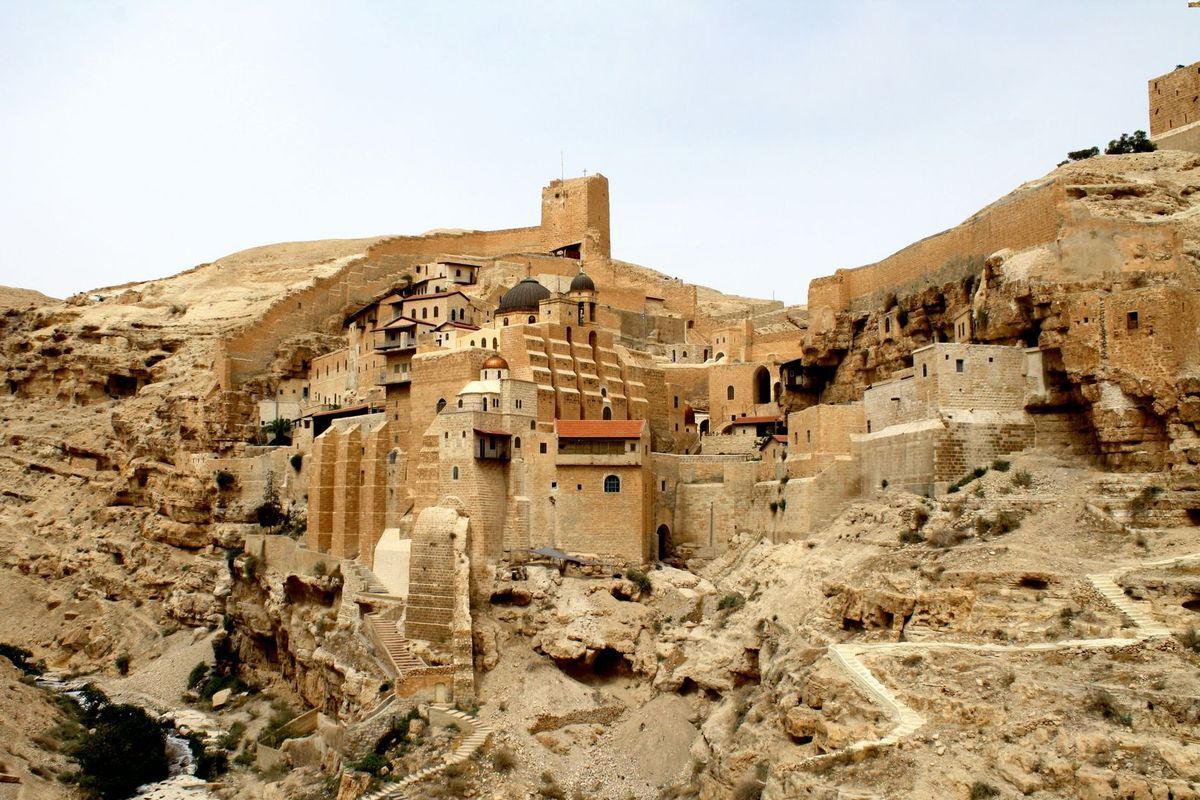
What was the War of Saint Sabas? The War of Saint Sabas, also known as the War of Saint Sabas, was a conflict between the Republic of Venice and the Republic of Genoa from 1256 to 1270. This war centered around the control of Acre, a key port city in the Holy Land. Both Venice and Genoa wanted dominance over this strategic location for its economic and military importance. The conflict saw numerous battles, naval engagements, and shifting alliances. Ultimately, the war ended without a clear victor, but it significantly weakened both republics, paving the way for other powers to rise in the region.
Key Takeaways:
- The War of Saint Sabas was a 14-year conflict between Venice and Genoa over trade routes. It disrupted trade, led to economic hardships, and reshaped alliances in the Mediterranean.
- The war had lasting effects on Venice and Genoa, weakening both republics and setting the stage for future rivalries. It also impacted the lives of people in the Mediterranean region and influenced art and literature.
The War of Saint Sabas: An Overview
The War of Saint Sabas was a conflict between the Republic of Venice and the Republic of Genoa. It took place from 1256 to 1270 and was named after the Monastery of Saint Sabas in Acre, where the conflict began. This war was part of the larger struggle for control over Mediterranean trade routes.
- The war started over a dispute regarding the ownership of the Monastery of Saint Sabas in Acre.
- Venice and Genoa were two of the most powerful maritime republics during the 13th century.
- The conflict lasted for 14 years, from 1256 to 1270.
- Both sides sought control over key trade routes in the Mediterranean Sea.
- The war saw several naval battles, with both sides suffering significant losses.
Key Battles and Events
Several important battles and events shaped the course of the War of Saint Sabas. These engagements were crucial in determining the eventual outcome of the conflict.
- The Battle of Acre in 1258 was one of the first major confrontations.
- In 1261, the Genoese fleet defeated the Venetians at the Battle of Settepozzi.
- The Venetians retaliated with a victory at the Battle of Trapani in 1266.
- The war also saw the involvement of other powers, including the Byzantine Empire and the Kingdom of Sicily.
- The conflict extended beyond the Mediterranean, affecting trade and politics in Europe.
Impact on Trade and Economy
The War of Saint Sabas had a significant impact on trade and the economy of the Mediterranean region. The conflict disrupted commerce and led to economic hardships for both Venice and Genoa.
- Trade routes were heavily disrupted, leading to shortages of goods.
- Both republics spent vast sums of money on their war efforts.
- The conflict led to increased piracy in the Mediterranean.
- Merchants and traders faced higher risks and costs.
- The war contributed to the decline of Acre as a major trading hub.
Political and Diplomatic Consequences
The War of Saint Sabas had far-reaching political and diplomatic consequences. The conflict reshaped alliances and power dynamics in the Mediterranean region.
- The war strained relations between Venice and Genoa for decades.
- It led to shifting alliances, with both sides seeking support from other powers.
- The Byzantine Empire played a significant role in the conflict, supporting Genoa.
- The Kingdom of Sicily also became involved, siding with Venice.
- The war influenced the politics of the Crusader states in the Levant.
Cultural and Social Impact
The War of Saint Sabas also had cultural and social implications. The conflict affected the lives of people in the Mediterranean region and left a lasting legacy.
- The war led to the destruction of several towns and cities.
- Many people were displaced, leading to refugee crises.
- The conflict influenced art and literature of the time.
- The war contributed to the decline of the Crusader states.
- It also affected religious institutions, including the Monastery of Saint Sabas.
The End of the War and Its Aftermath
The War of Saint Sabas eventually came to an end in 1270. The conflict had lasting effects on Venice, Genoa, and the wider Mediterranean region.
- The Treaty of Cremona in 1270 officially ended the war.
- Both sides agreed to return captured territories and prisoners.
- The war left both Venice and Genoa weakened, but they eventually recovered.
- The conflict set the stage for future rivalries between the two republics.
- The War of Saint Sabas remains an important chapter in the history of the Mediterranean.
Final Thoughts on the War of Saint Sabas
The War of Saint Sabas was a pivotal conflict in the 13th century, shaping the political landscape of the Mediterranean. This war, primarily between Venice and Genoa, revolved around control of the strategic city of Acre. The battles were fierce, with both sides experiencing significant losses. Despite the war's intensity, it ultimately ended without a decisive victor, leading to a temporary truce. The conflict highlighted the intense rivalry between maritime republics and their quest for dominance. Understanding this war provides insight into medieval politics, trade, and military strategies. It also underscores the lengths to which nations would go to secure economic and territorial advantages. The War of Saint Sabas remains a testament to the complexities of medieval warfare and diplomacy.
Frequently Asked Questions
Was this page helpful?
Our commitment to delivering trustworthy and engaging content is at the heart of what we do. Each fact on our site is contributed by real users like you, bringing a wealth of diverse insights and information. To ensure the highest standards of accuracy and reliability, our dedicated editors meticulously review each submission. This process guarantees that the facts we share are not only fascinating but also credible. Trust in our commitment to quality and authenticity as you explore and learn with us.
